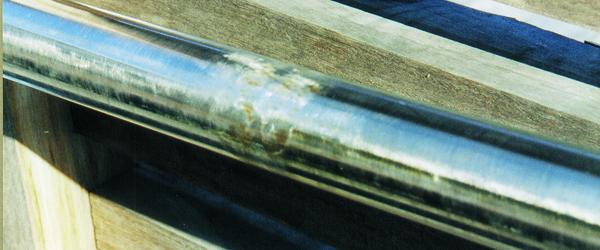Successfully using stainless steel depends on environment, grade selected, surface finish, the expectations of the customer and the maintenance specified.
Stainless steels provide robust solutions, but in harsh or borderline environments with high expectations for durability, surface finish will have a substantial impact on performance. Surface finishes can be applied mechanically (usually with abrasives) and chemically.
Understanding how chemical and mechanical treatments will affect the characteristics of the surface and will enable the best possible outcome for the client and the structure. Chemical treatment can be used to improve the corrosion performance of the steel, and hence its appearance in service.



















